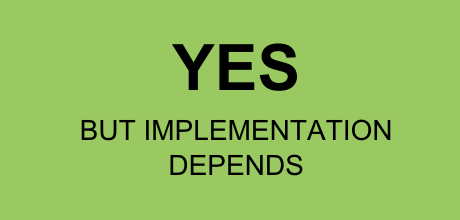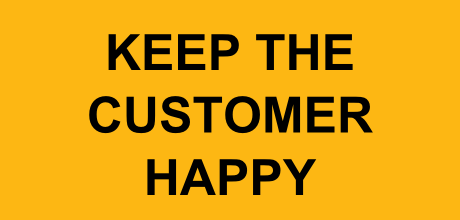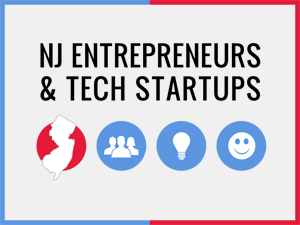Should You Charge Money For Your Minimum Viable Product?

First of all, what is a Minimum Viable Product?

Let me give you the shortest definition that I can think of first for a minimum viable product (MVP) – it’s the result of rapidly building the minimum set of features required to get the product out into the market and see how customers react to it. During this phase, you can end up collecting a valuable amount of information without having to have too many sunk costs.
The idea is that practice trumps theory. Think back to your science class and how you form a hypothesis and then practice on that assumption by performing an experiment.
Say that you want to start a brand new mobile app. Rather than building the whole app, what are some other ways that you would assess to see if there is demand?
One way would be to build the app, but include its core features rather than everything. Snapchat is a good example of an MVP – we really have no idea where it is going, but by building a service that started out doing one thing, the founders were able to see that there was a demand for sending self-destructing photos.
Always ask yourself the question – what are the ways I can deduce whether a customer demand is present without building the whole product? And once the MVP is launched, look closely and engage with your alpha (or beta) testers and see what they are suggesting.
What should I consider when it comes to price?

I recently consulted a friend of mine when he was releasing the MVP for his product called PolitePersistence, a tool that allows you to easily follow up with sales leads by making the whole process automated. He had originally been hesitant to launch his product since so many features had not been implemented yet. However, the core promise of the PolitePersistence was entirely present. Therefore, I told him, “What the hell are you waiting around for? Get it out there!”
And so he did… and I’m now a member of his round of alpha testers (sign up if you’re a sales person looking for an easier way to automate your follow-up emails) that are reviewing the product. The core set of features are basic right now, but that’s the way I like it. I can see if the core product even interests me without having to dig too deep. One thing he also did that I liked was this: while the point of entry is free, he has taken the Mailchimp route (an email marketing service I highly recommend) – this means that the user can sign up for free, blast out emails to lists of 2,000 subscribers or less per day, and use the core set of features (extras as well as being able to have larger lists are at a premium).
While using Mailchimp to its fullest potential can get quite expensive, you’ve been given the opportunity as a smaller-time marketer to use if for free so that once you have the chops to market to larger lists you are more than happy to pay for it (since you know for sure that you want it).
So if your product is service-based, give customers the opportunity to use the bare features for free, but then charge for other features to see if they are willing to pay for those extra features when engaged with product. This will help for you to then consider what you should be charging for, and how much people are willing to pay for it while still getting alpha testers in the door.
If you’re MVP is more of a physical product, there are different considerations to take into account. I would say a good example was the path that Zappos took to become to the billion-dollar business that it is today – the founder Nick Swinmurn actually approached shoe stores, took photos of the pictures, and then posted them online and charged full price. This was the way he assessed demand while snagging customers without putting all of the money down on infrastructure.
So should I charge for my minimum viable product?

Like I had said above, your pricing structure will differ based on whether you are offering a physical product, service, or SaaS. There should be some kind of pricing structure in place since you need to see if people are even willing to pay any kind of money for your services. Whether it’s experimenting on a price range for your physical product or seeing if people would be willing to pay for some add-ons for your service, you can get a lot of data from your customer base without offering every feature out of the box.
Just remember: lean startup doesn’t mean being a cheapskate
Since we are making more and more transactions day by day, you need to remember that the very most important maxim of all is….

To get to know your customers really means asking for feedback at every turn – not through surveys (since we all hate taking surveys), but by making them feel like a part of the building process. The MVP actually discourages you from adopting the regular market research/focus group type of data-gathering. Getting the minimum viable product out differs considerably since you are testing the usage scenario of the product. Think quantifiable learning!
You can even offer value for early adopters to get the word out for your MVP, whether it means giving them a referral fee for every new customer they get, or by even offering them compensation for being your foot soldiers to evangelize your product. Getting your MVP out there doesn’t mean being cheap, it just means being more fiscally conservative. It just means don’t waste your time building a bloated product if it’s core service doesn’t work.



One Response to Should You Charge Money For Your Minimum Viable Product?